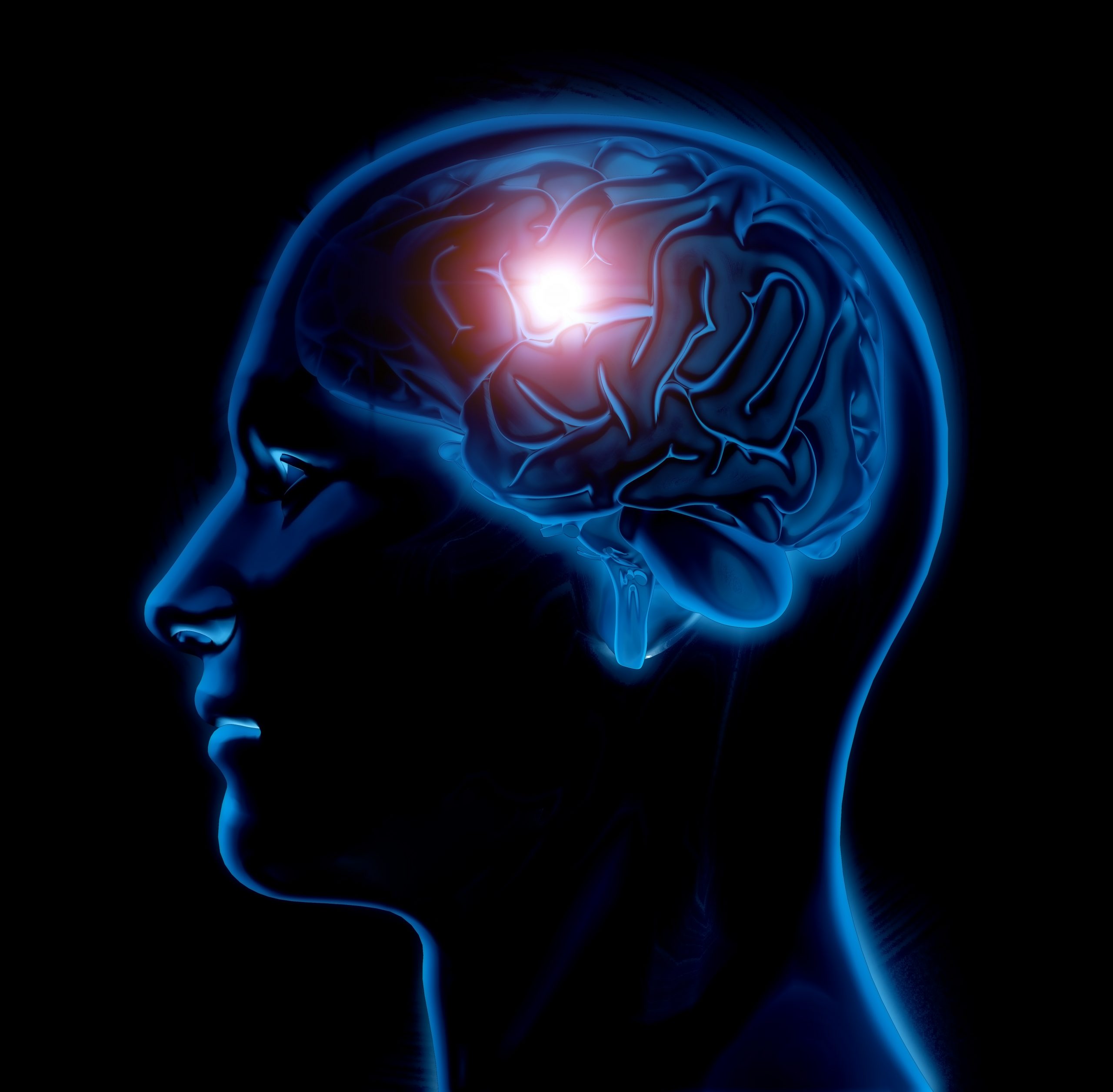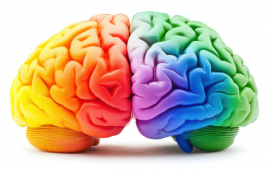

A team of researchers lead by the University of California, Irvine discovered that a neural marker of error detection in the visual system of the brain that was previously thought to be pre-attentive may really require attention, and that other neural markers may disclose tiny visual anomalies.
Research findings were published in June in PLOS Biology in a new study titled, “Attention is required for canonical brain signature of prediction error despite early encoding of the stimuli.”
“According to predictive coding theory, a popular theory for how the brain efficiently processes its immediate sensory surroundings, extra processing is reserved for irregularities in sensory input that are signposted by prediction errors,” said Alie G. Male, Ph.D., co-author and assistant project scientist in the Department of Psychiatry & Human Behavior at the UCI School of Medicine.
Consider a person’s brain to be a car engine; prediction errors are like a check engine light that indicates something is amiss. This check engine light is critical for starting the investigation procedure to resolve the problem.
“There are, however, an increasing number of studies that failed to show the well-known neural marker of prediction error in the brain’s visual system,” Male said. Because of this, it is problematic for those exploring atypical early visual processing indexed by absent or impaired prediction error signaling, she explained.
For example, if the well-known neural marker of prediction error is not found in a patient sample, one might falsely conclude aberrant early sensory processing, namely failed irregularity detection when, in truth, the absence could be explained by the need for unmet experimental conditions, such as attention,” Male said.
To use the earlier analogy of a check engine light to explain an unmet condition, imagine failing to see the check engine light before the engine overheats and assuming the sensors aren’t working, when the overheating was signaled by another error signal, such as the temperature gauge, and the check engine light only illuminates after the vehicle has been in drive for more than 10 minutes.
Male emphasized that the goal of this study is to qualify the electrophysiology of typical early sensory processing without attention, which will allow others to eventually qualify the electrophysiology of atypical early sensory processing without attention.
“We find that the well-known neural marker of prediction error in the brain’s visual system does not occur for unattended, subtle, visual irregularities, despite evidence that their corresponding regularities are indeed encoded, although such irregularities may be indexed by an earlier electrophysiological signal at the primary visual cortices,” she said.
In addition to this discovery, their research demonstrated that small visual regularities can be recorded and evaluated using electrophysiological. More research into the conditions required for both error signaling indices will result in a more robust model of early visual processing in the visual cortex.
Male’s research was inspired by the complaints of colleagues and peers with whom she discussed the difficulty in acquiring a reliable signal of the well-known neural correlate of prediction error signaling in the visual system, according to the researcher. They concluded that if there was no signal but evidence of encoding was found, it would support the concept that the known neural correlate is not the only indicator of irregularity signaling.
“We intend to further qualify the conditions needed for showing the well-known neural marker of error detection so that other researchers can adopt optimal parameters in their own irregularity detection research,” she said.
more recommended stories
 Spatial Computing Explains How Brain Organizes Cognition
Spatial Computing Explains How Brain Organizes CognitionKey Takeaways (Quick Summary) MIT researchers.
 Gestational Diabetes Risk Identified by Blood Metabolites
Gestational Diabetes Risk Identified by Blood MetabolitesKey Takeaways (Quick Summary for Clinicians).
 Phage Therapy Study Reveals RNA-Based Infection Control
Phage Therapy Study Reveals RNA-Based Infection ControlKey Takeaways (Quick Summary) Researchers uncovered.
 Pelvic Floor Disorders: Treatable Yet Often Ignored
Pelvic Floor Disorders: Treatable Yet Often IgnoredKey Takeaways (Quick Summary) Pelvic floor.
 Urine-Based microRNA Aging Clock Predicts Biological Age
Urine-Based microRNA Aging Clock Predicts Biological AgeKey Takeaways (Quick Summary) Researchers developed.
 Circadian Control of Neutrophils in Myocardial Infarction
Circadian Control of Neutrophils in Myocardial InfarctionKey Takeaways for HCPs Neutrophil activity.
 E-Cigarette Use and Heart Attack Risk in Former Smokers
E-Cigarette Use and Heart Attack Risk in Former SmokersKey Takeaways for Clinicians and Nurses.
 36-Week Pre-eclampsia Screening May Reduce Term Risk
36-Week Pre-eclampsia Screening May Reduce Term RiskA New Preventive Strategy for Term.
 Cardiovascular Risk and Sudden Cardiac Death in Diabetes
Cardiovascular Risk and Sudden Cardiac Death in DiabetesRising Sudden Cardiac Death (SCD) Risk.
 Poor Kidney Function and Alzheimer’s Biomarkers Explained
Poor Kidney Function and Alzheimer’s Biomarkers ExplainedPoor kidney function may influence levels.

Leave a Comment